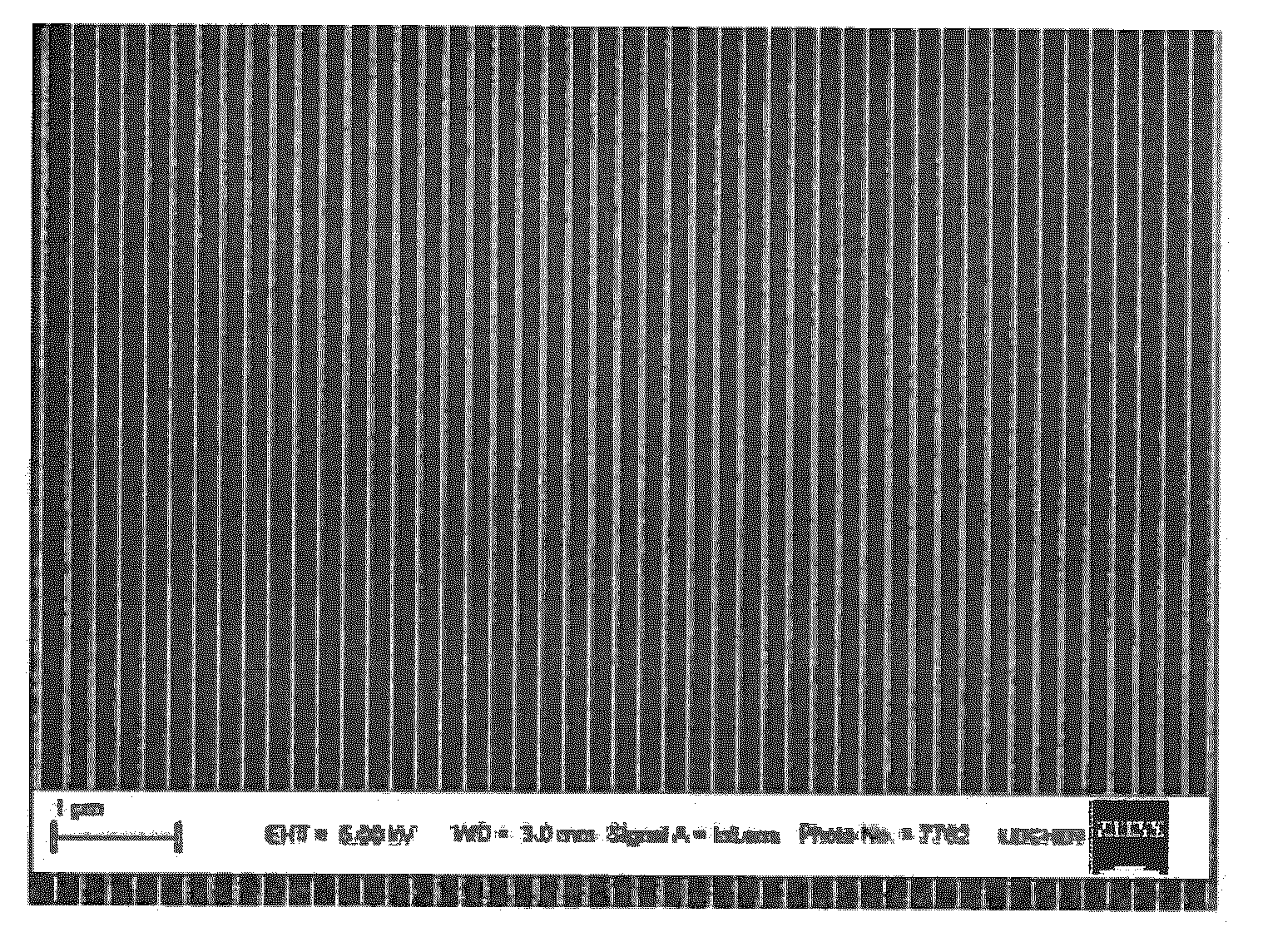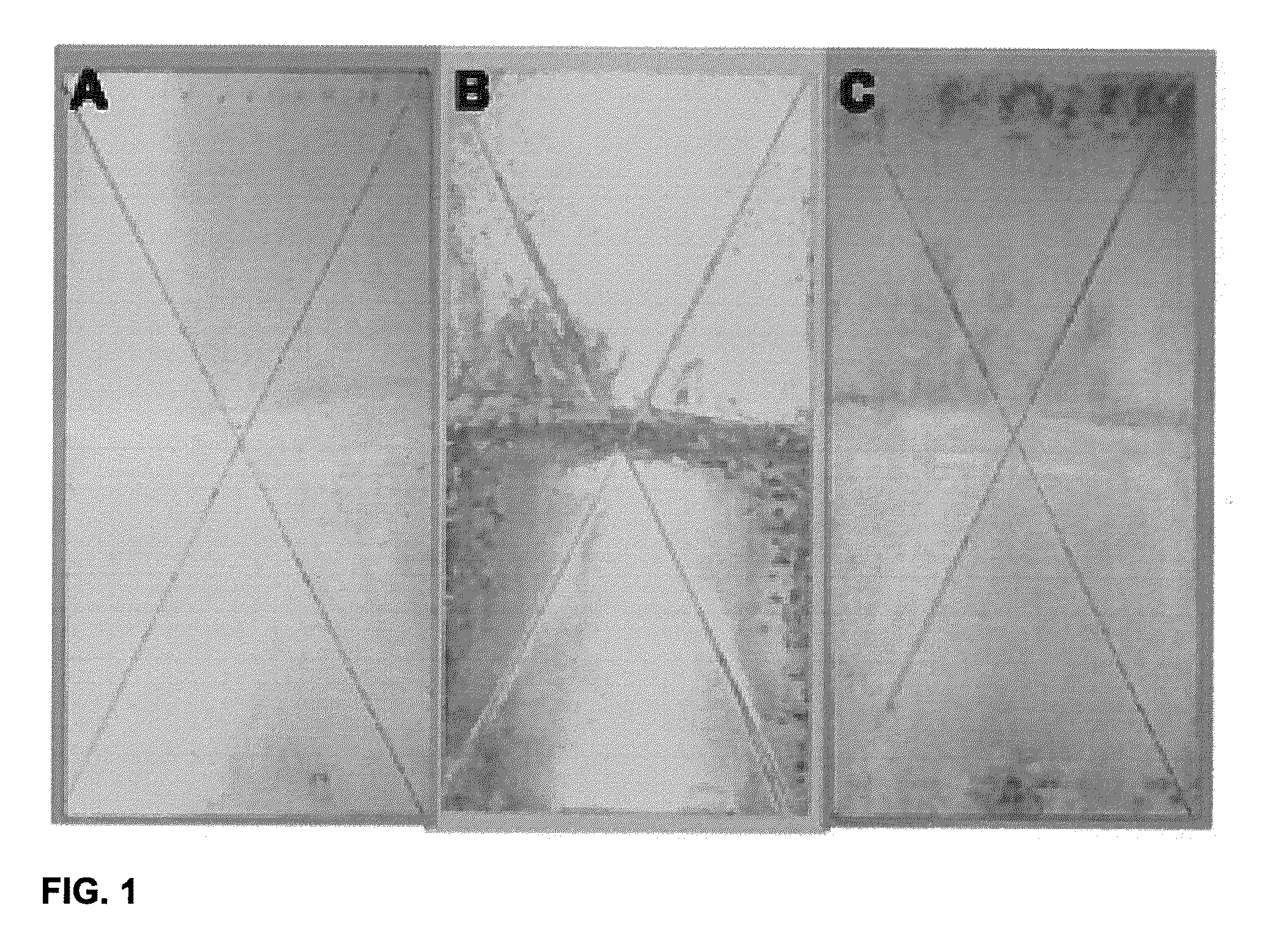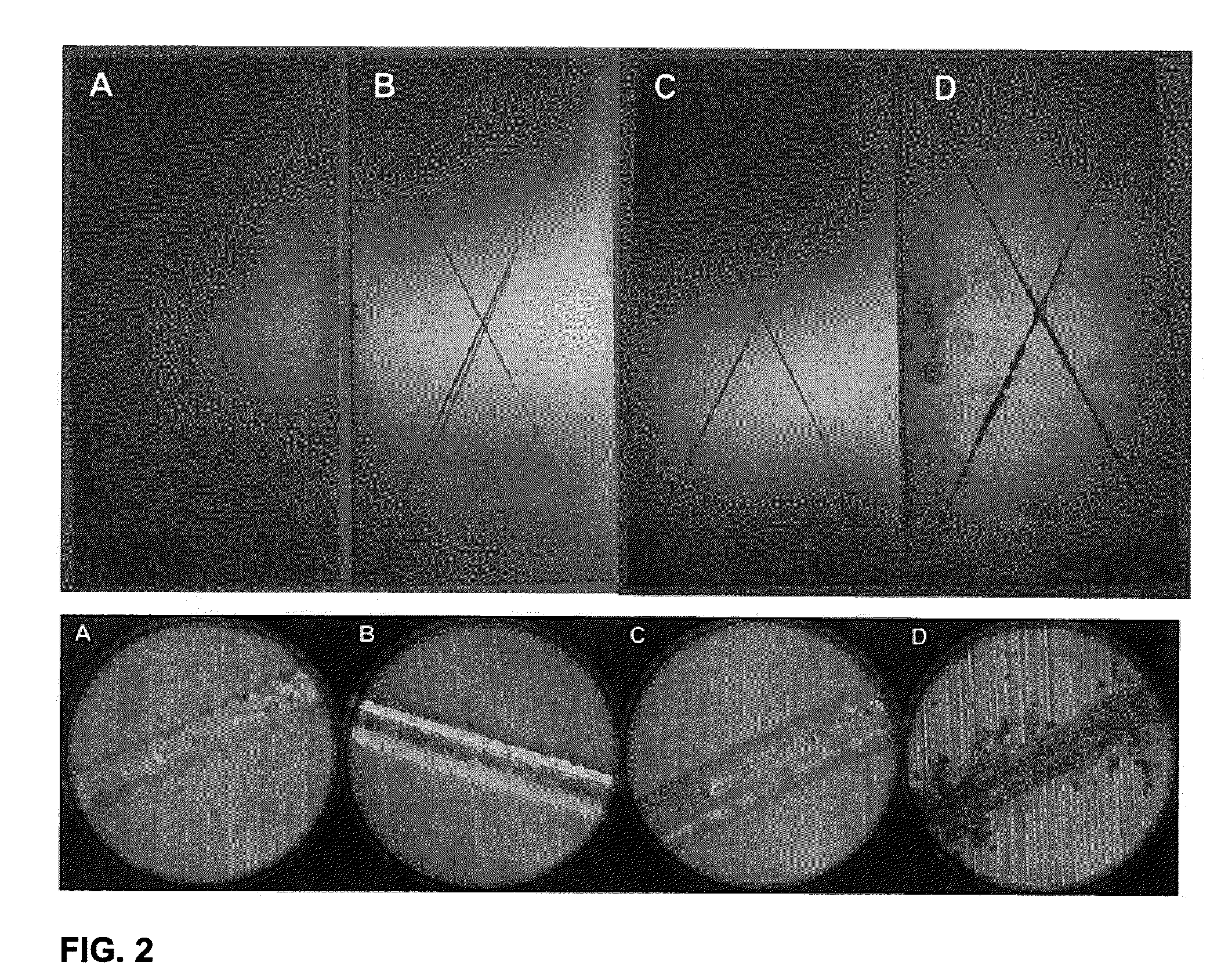Silsesquioxane derived hard, hydrophobic and thermally stable thin films and coatings for tailorable protective and multi-structured surfaces and interfaces
a technology of silsesquioxane and hard coating, applied in the field of multifunctional silsesquioxane, can solve the problems of surface protection or modification loss, unsuitability for another purpose, and hard coatings designed to be scratch resistant, and achieve good scratch resistance, good balance of transparency, and high toughness
- Summary
- Abstract
- Description
- Claims
- Application Information
AI Technical Summary
Benefits of technology
Problems solved by technology
Method used
Image
Examples
example 1
[0126]Corrosion tests are performed according to the following parameters. Substrates are scored from corner to corner in an “X”. Samples were then placed in a 5% salt-water bath that contained an aeration system to introduce air to the system. The test duration is 200 h It is determined that these parameters are similar to the ASTM 8117 standard salt spray corrosion test through duplicate trial comparison. FIG. 1 shows the expected corrosion test results showing the increase in corrosion resistance by adding either corrosion inhibitor to OTSE coating systems. These coatings are also expected to be able to be bent 90° without exhibiting cracking. FIGS. 1A, 1B, and 1C are micrographs illustrating the corrosion test results for coating system OTSE with and without rare earth corrosion inhibitor additives. FIG. 1A illustrates a coating system with 4 wt % OTSE with 0.5 wt % Ce prop. FIG. 1B illustrates a coating system with 4 wt % OTSE without inhibitor. FIG. 1C illustrates a coating sy...
example 2
[0127]Experiments were repeated using several OTSE concentrations. FIGS. 2A, 2B, 2C, and 2D illustrate the corrosion test results. These coatings were also able to be bent 90° without exhibiting cracking. FIGS. 2A, 2B, 2C, and 2D are micrographs of surfaces after 200 hours in a corrosion bath. The results for OTSE coating systems with compositions containing 2 wt % OTSE with 0.5 wt % Ce prop. is shown in FIG. 2A, 4 wt % OTSE with 0.5 wt % Ce prop. is shown in FIG. 2B, 4 wt % OTSE with 0.5 wt % Zr prop. Is shown in FIG. 2C, and 8 wt % OTSE with 0.5 wt % Zr prop is shown in FIG. 2D. These micrographs are taken at 10× magnification.
example 3
[0128]At this point, the OTSE coating system are observed to successfully inhibit corrosion with the addition of rare earth precursors. Next, experiments are designed to understand the relationship of the two components, the OTSE and the corrosion inhibitors. Panels are coated with the corrosion inhibitors dissolved in the coating solvent without OTSE. Upon completion of the corrosion test the panel is highly corroded as seen below in FIGS. 3A and 3B. This experiment shows that the rare earth precursors by themselves generally do not inhibit corrosion. FIGS. 3A and 3B are images of panels after 200 hours in a corrosion bath. FIGS. 3A and 3B correspond respectively to the Ce prop. with no OTSE, and the Zr prop. with no OTSE.
PUM
| Property | Measurement | Unit |
|---|---|---|
| length | aaaaa | aaaaa |
| boiling point | aaaaa | aaaaa |
| sizes | aaaaa | aaaaa |
Abstract
Description
Claims
Application Information
 Login to View More
Login to View More - R&D
- Intellectual Property
- Life Sciences
- Materials
- Tech Scout
- Unparalleled Data Quality
- Higher Quality Content
- 60% Fewer Hallucinations
Browse by: Latest US Patents, China's latest patents, Technical Efficacy Thesaurus, Application Domain, Technology Topic, Popular Technical Reports.
© 2025 PatSnap. All rights reserved.Legal|Privacy policy|Modern Slavery Act Transparency Statement|Sitemap|About US| Contact US: help@patsnap.com



